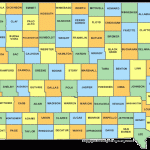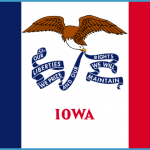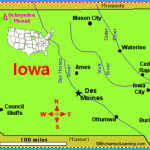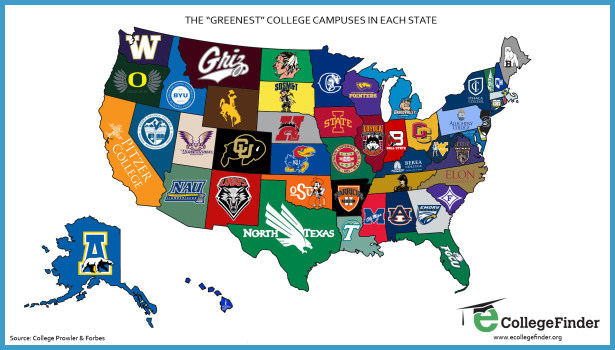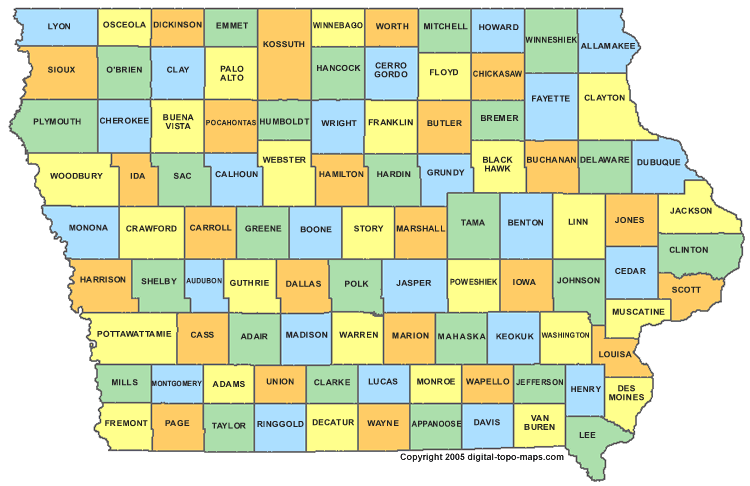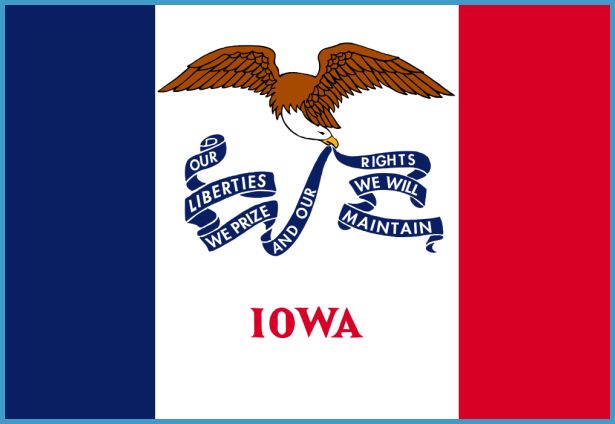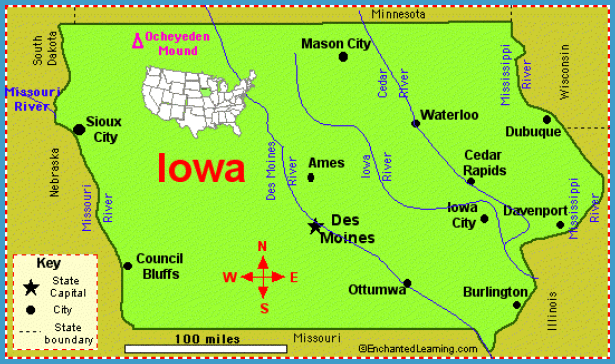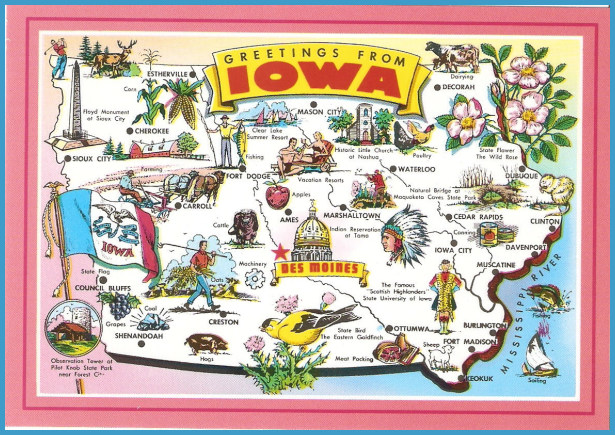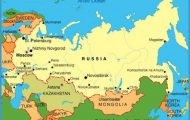CHRONOLOGY
Pre-Contact Approximately 17 different indigenous groups, including the Ioways,
Sauks, Meskwakis, Santee Sioux, Winnebagos, Potawatomis, Missouris, and Otos inhabit the region of Iowa.
1542 Arrival of first Europeans. Spanish explorer Hernando de Soto explores the Mississippi reaching as far north as present day Iowa.
1673 First French explorers arrive in Iowa.
1762 Beginning of Spanish control over a region that includes Iowa.
1780s Manuel Lisa, Spanish subject, marries a Sioux Indian and resides in what becomes Iowa. Lisa is possibly the first permanent Latino resident in the region.
1801 Spain relinquishes control of the region that includes Iowa to the French.
1803 The United States pays $11.2 million for the Louisiana Purchase from the French.
1803-1833 The United States removes most of the indigenous tribes from Iowa.
1833 First major groups of U.S. white settlers arrive in Iowa.
1846 Iowa becomes the 29th state.
1850 Census records 17 Latinos residing in Iowa.
1890 First Latino colonia (colony) is established at Fort Madison.
1920 U.S. census records 2,560 Latinos officially residing in Iowa, most arriving because of heavy recruitment of Mexican labor for sugar beet and railroad industries. Most believe there are hundreds of other Latinos not counted by the census.
Great Depression; unconstitutional deportations of Mexicans take place nationwide. Many Iowa Latinos are forced to leave.
Artist Lowell Houser completes Evolution of Corn, which depicts Mayan Indians and the Mayan corn god on a mural in an Ames, Iowa, post office.
World War II and U.S. mobilization for the war. Nationally, 500,000 Latinos serve in the armed forces. Thirteen Latinos are awarded the Medal of Honor. Iowa Latinos/as serve the nation. Over 6,000 Mexican nationals (braceros) and Tejanos (Mexican Texans) are recruited to work in Iowa.
Operation Wetback rounds up 1.2 million Mexicans and has them deported (1953-1954). Fort Madison, Iowa LULAC Council #304, established in 1957, becomes the first in Iowa.
Iowa Latino population grows to approximately 30,000. Mexican American civil rights movement mobilizes Latinos in Iowa.
Iowa farm crisis: meatpacking industry expands and begins heavy recruitment of Latino labor, which increases the number of Latinos in Iowa. Iowa experiences a large influx of Latinos.
The release of the U.S. census reveals a 153 percent increase in the Latino population in Iowa since 1990.
On October 14 the bodies of eleven Latinos are found in a train hopper car in Denison. These Mexican and Central American individuals were seeking work in the United States.
Approximately 115,000 Latinos reside in Iowa.


